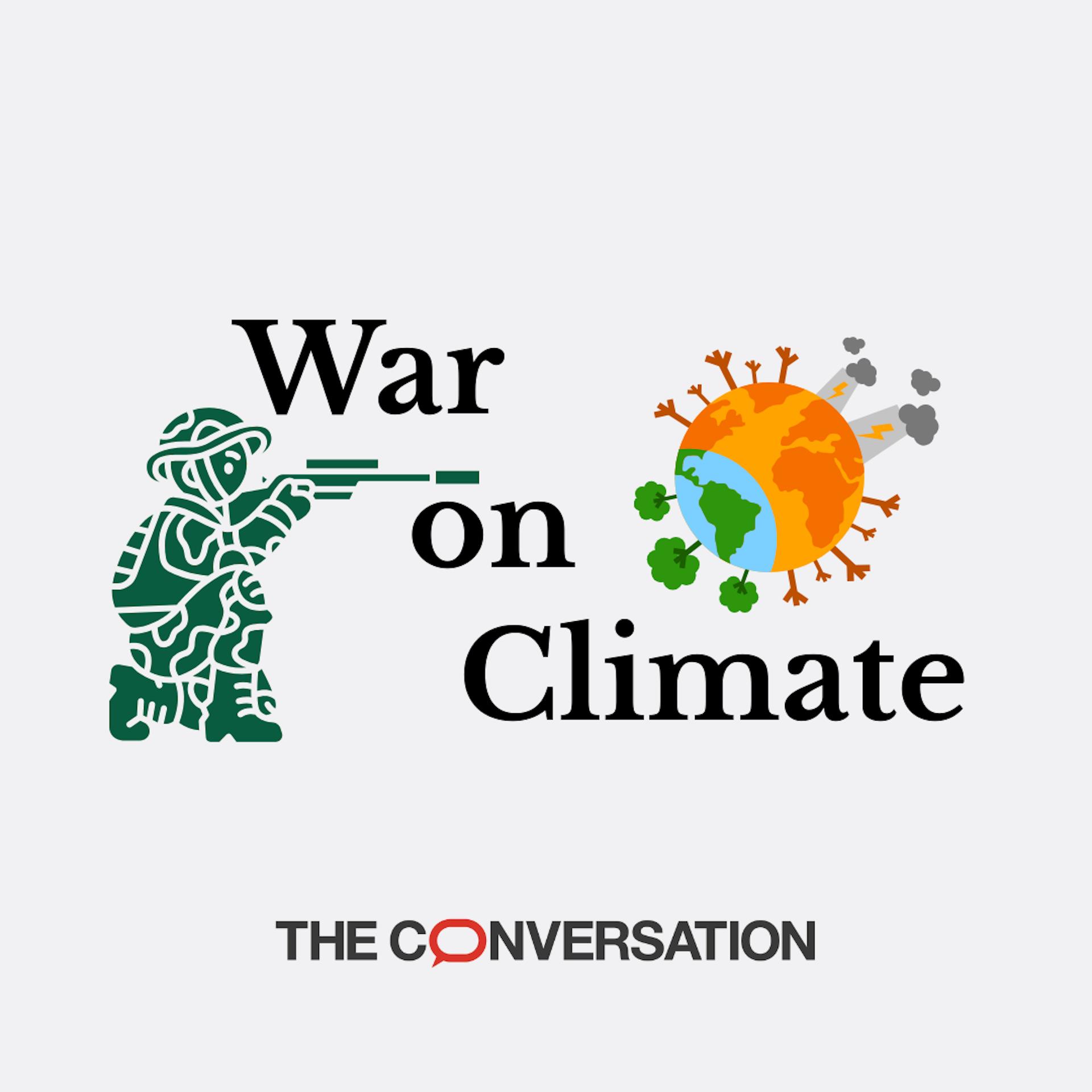
Why The Middle East Is Being Left Behind By Global Climate Finance Plans
Equitable access to international finance is essential to combat climate change, particularly in the upcoming Baku to Belem Roadmap, which aims to mobilise US$1.3 trillion (£1 trillion) in global financing for climate action at Cop30, the UN climate summit.
The Middle East region is far from uniform. Several fragile countries in the region, including Yemen, Syria, Palestine, Iraq and Lebanon, and host countries of refugees such as Jordan, were among the top 20 recipients of humanitarian aid over the past decade.

Wars and climate change are inextricably linked. Climate change can increase the likelihood of violent conflict by intensifying resource scarcity and displacement, while conflict itself accelerates environmental damage. This article is part of a series, War on climate, which explores the relationship between climate issues and global conflicts.
While Yemen, Syria and Palestine are among the top three recipients of humanitarian aid, they receive the least funding for climate action. Yet they remain among the most vulnerable regions to extreme weather events such as frequent drought, heatwaves, and flash floods.
Responding to conflicts in the region has not only redirected finance to humanitarian efforts, but also pushed climate action further down the priority list. This is in addition to the fact that emissions from prolonged conflicts and the destruction of infrastructure are neglected because they are difficult to measure or compensate for.
A global imbalanceAccording to the thinktank Climate Policy Initiative's (CPI) recent report 2025, between 2018 and 2023, 79% of finance dedicated to address climate change was mainly mobilised in three regions: East Asia and the Pacific, Western Europe and North America. This has left the Middle East and North Africa region consistently underfunded.
Where finance has flowed into the region, more than half has come from the private sector, mainly for renewable energy projects such as solar photovoltaics and onshore wind. Globally, mitigation continues to dominate in 2023. International climate finance for mitigation was 27 times higher than for adaptation.
Climate ambitions and the finance needed to implement them vary across countries in the region. The costs of implementing identified climate ambition by 2030 (so-called nationally determined contributions ) of 11 countries (including Egypt, Iraq, Jordan, Morocco, Tunisia and Sudan) amount to US$570 billion. Egypt, Iraq and Morocco account for nearly three-quarters that total amount requested.
Yet international finance flows for climate action between 2010 and 2020 remain highly concentrated in politically stable countries in North Africa, such as Egypt, Morocco and Tunisia, while conflict-affected states in the Middle East are left behind.
Humanitarian Aid PNG CapTION using data from Hala Al-Hamawi, Author provided (no reuse)
I have researched the anticipated shift in global leadership in financing climate action following the US withdrawal from the Paris agreement. I found that between 2010 and 2021, the US disbursed US$390 billion in global development assistance, of which just over 11% (US$45.1 billion) went to the Middle East and North Africa. Yet less than 1% of this – only US$197 million – was allocated to climate action.
Several pairs of shoes laid on out at the previous UN climate summit, Cop28, to honour Gaza's children. Hala Al Hamawi, Author provided (no reuse)
China, by contrast, has emerged as a major global lender, committing US$314 billion over the same period, of which more than 90% was in loans. However, its climate finance contribution remains opaque, voluntary and under-researched. Only around 6% of Chinese finance reached the region, and the share dedicated to climate action is largely unknown.
The US retreat from global climate leadership, combined with China's growing role, raises pressing questions about the future of climate finance in the region, particularly through technology transfer and investments.
Filling the shortfallDespite these challenges, new financial instruments may offer hope. Tools such as green bonds, carbon trading and climate debt swaps could help bridge the finance gap, particularly for indebted low- and middle-income countries.
The region already has experience with development-related debt swaps. A debt swap is an agreement between a government and its creditors to replace sovereign debt with investment commitments toward development goals (such as education or environmental protection), as a form of debt relief. Germany partnered with Jordan, France with Egypt and Sweden with Tunisia in earlier development-focused agreements.
Structuring debt swaps for climate purposes will be complex but potentially transformative. Initiatives to provide technical support for climate debt swaps, such as those by the UN's Economic and Social Commission for West Asia, aim to achieve debt relief and promote climate action.
The private sector also has a crucial role in scaling up investments, particularly given the persistent shortfall in public finance from developed countries.
These instruments and private-sector investments may be unfeasible in conflict-affected countries due to poor economic conditions and limited capital. Supporting these vulnerable nations requires further exploration, potentially through regional initiatives with nearby stable countries.
Closing this financing gap requires more than humanitarian aid to address the adverse consequences of climate change. It demands recalibrating global finance flows, recognising the region's specific vulnerabilities and fostering greater innovation through new tools and partnerships. Equitable access and allocation of the proposed US$1.3 billion will be essential. Without this, the region risks being left behind in the race to adapt to and mitigate climate change.
Don't have time to read about climate change as much as you'd like?
Get a weekly roundup in your inbox instead. Every Wednesday, The Conversation's environment editor writes Imagine, a short email that goes a little deeper into just one climate issue. Join the 45,000+ readers who've subscribed so far.

Legal Disclaimer:
MENAFN provides the
information “as is” without warranty of any kind. We do not accept
any responsibility or liability for the accuracy, content, images,
videos, licenses, completeness, legality, or reliability of the information
contained in this article. If you have any complaints or copyright
issues related to this article, kindly contact the provider above.

















Comments
No comment